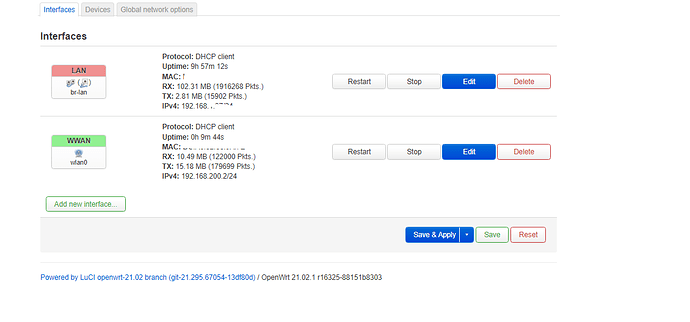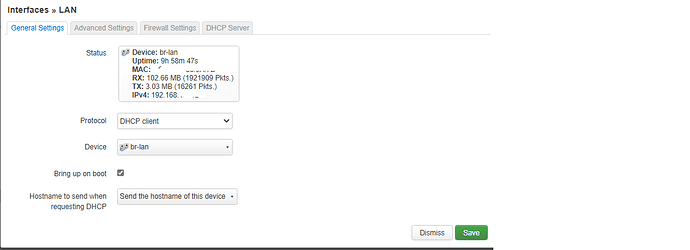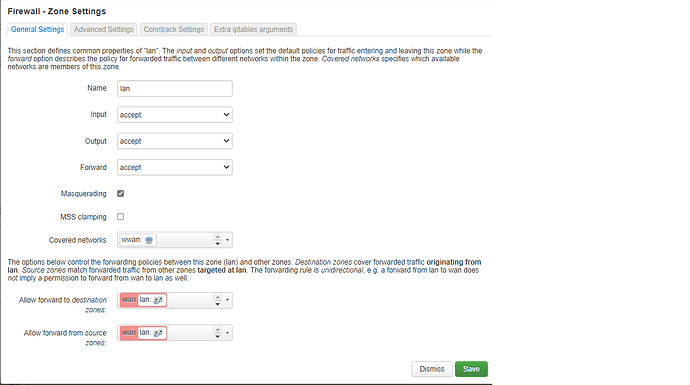Yes of course, sorry for the delay with my answer.
Configuration of openwrt to act as bridge connecting to the inverter AP:
1 - Connect to the inverter as client. Here the configuration wireless connections, you must access with “Mode Client” to the inverter AP network:
2- Config the Bridge device, WLAN and Ethernet and interfaces as follow:
Bridge ports: eth0 (your ethernet interface)
The interfaces:
3- Firewall configuration and the most important “Port Forwarding”:
Here I show two rules, with the modbus port 502 for the case old inverter firmware and other rule with the new modbus port 6607, depend on which version you have.
Example how to config the Forward Port rule:
To connect the HA integration to the SUN2000L inverter to set as “host” the LAN IP of the openwrt router and the correct port depend on the version of the inverter firmware ( port 502 or 6607)
That’s all…













